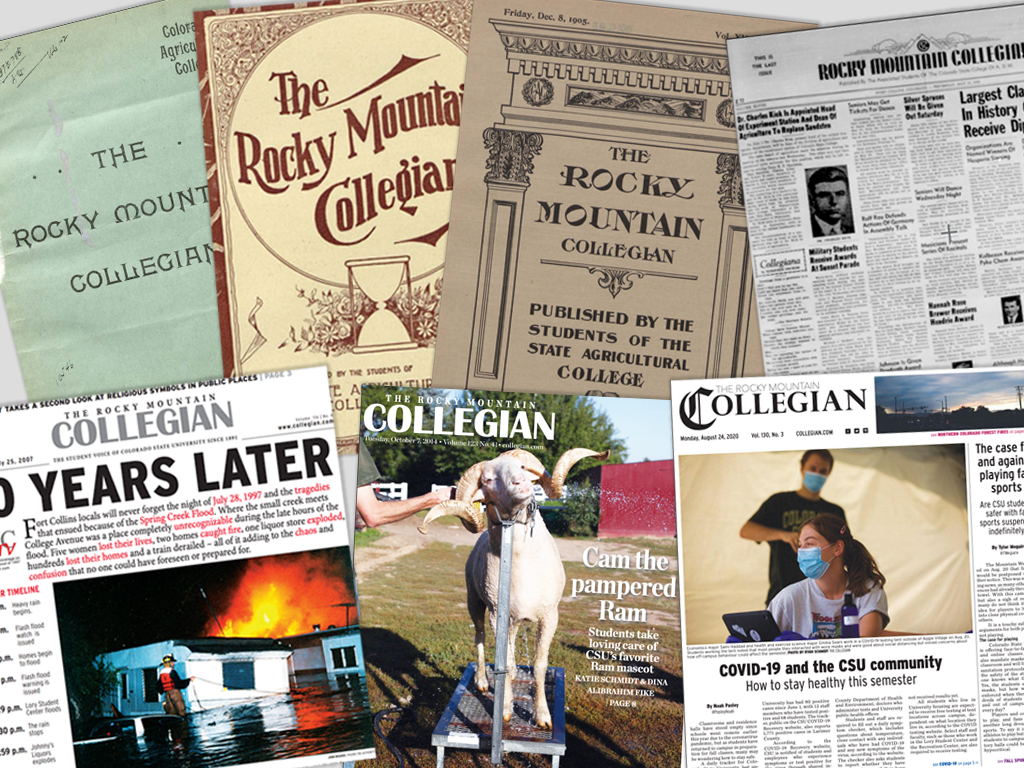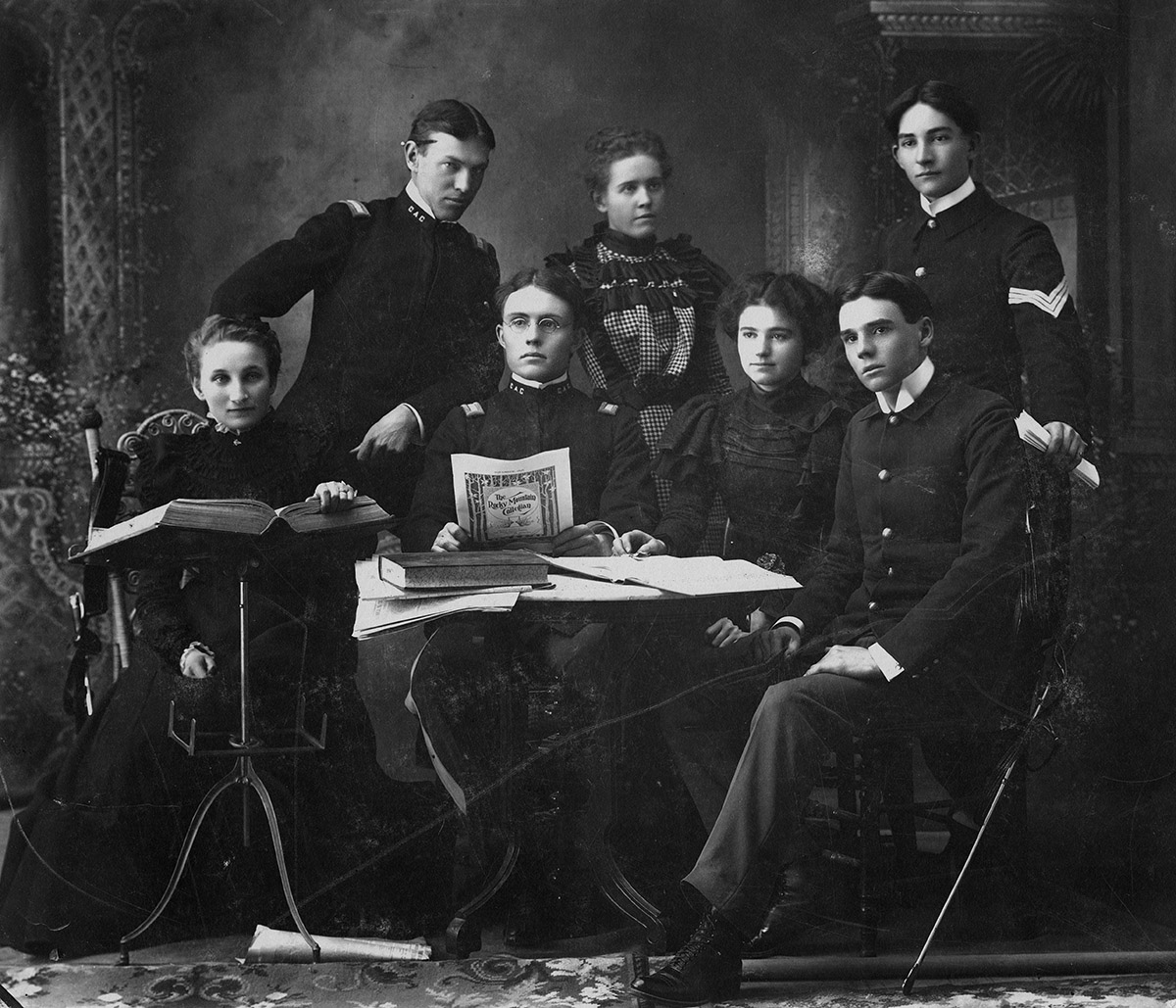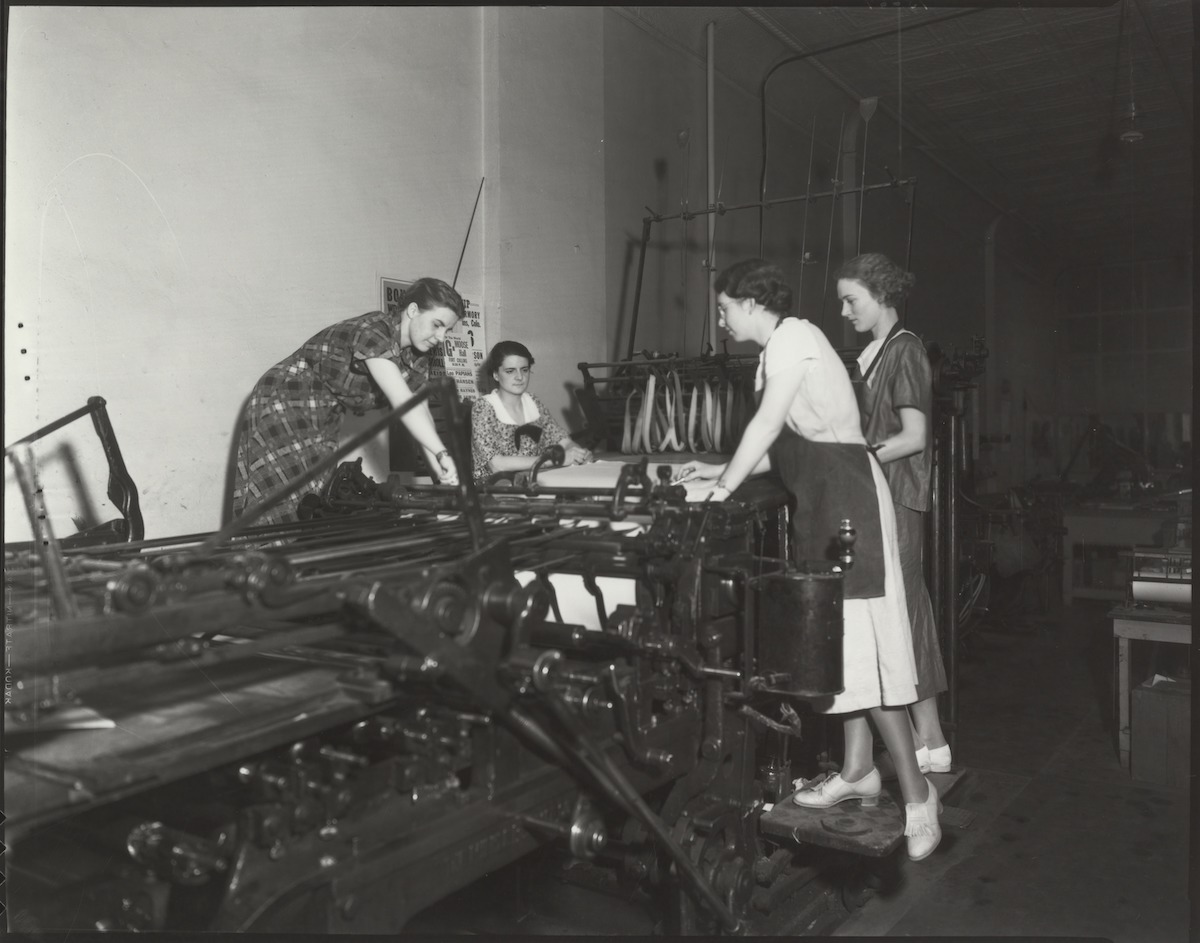
Since the first issue of the Rocky Mountain Collegian appeared in 1891, student media has been a bullhorn for the student voice on campus. It’s also been described as a laboratory of sorts.
“[Student media] provides a laboratory for students who are forming their foundational political opinions and outlooks, which can and should progress through greater understanding and the expression and confrontation of opposing ideas,” said J. David McSwane (B.A. ’09), former editor-in-chief of the Collegian and now an investigative reporter for ProPublica in Washington, D.C.
And the laboratory has been busy this year at all the outlets of the nonprofit Rocky Mountain Student Media Corp., including the Collegian, Collegian TV and KCSU. They have a lot to cover in our communities: demonstrations against racial injustice, devastating wildfires, a global pandemic on campus, and a particularly contentious election.
“We at the Collegian have spent a lot of time reflecting on which groups are usually the ones getting their voices heard and which ones are not,” said Lauryn Bolz (B.A. ’21), editor-in-chief of the Collegian. “As editor-in-chief this year, I have pushed to cover important, pertinent and powerful stories from all student communities on CSU’s campus, especially those that have been underrepresented by us in the past.”

Preserving the past – and past issues
Journalism is the first draft of history, and it’s important to save it from the whims of circumstance.
“Last night, the complete collection of archives kept by the Rocky Mountain Collegian was deleted after the newsroom keyboards were disinfected,” wrote Abby Vander Graaf (B.A. ‘21), in a satirical article on Aug. 31. Although tongue-in-cheek, it points to a genuine concern: that a significant historical account of the student voice at CSU could be lost in a moment.
And it very nearly was in 1997. The devastating Spring Creek Flood swept through campus, including the newspaper offices in the basement of the Lory Student Center.
“We lost everything,” said copy editor Courtney Alford (B.A. ‘99), in a news video from 1997. “Definitely there’s something that happens when you lose everything that you know.”
“It’s much more important now to put out a paper than it ever has been before,” she added.
Students aren’t the only ones who believe a student-run newspaper matters. Over the years, CSU librarians have collected copies of student publications, including one of each issue of the Collegian, to preserve records of the student voice.
In the mid-1970s, to ensure people could read old issues without fear of damaging the fragile paper, the Libraries began reproducing issues on microfilm, a much more durable film-based format. Microfilming continued diligently until 2007. But as microfilm was replaced by newer forms of preservation, librarians began to move toward a new format for readers in the digital age.
Digitization was the next step, but the process of converting print to pixels requires specialized equipment, and costs money and time. A few issues were digitized, but to do more, the project would need significant funding. So it was shelved for a while.

A new push to digitize
In 2017, the project got a reboot when Pete Waack, president and CEO of Rocky Mountain Student Media, teamed up with the Libraries. He found a partner in Mark Shelstad, Coordinator of Digital and Archives Services at the Libraries, who advocated for funding for the collaboration.
“The Collegian is special,” said Shelstad. “It has significant historical and cultural value to the University and our communities. It’s one of our most heavily used collections, with requests from students, faculty and staff about the paper. We also hear from alumni across the country, who may be looking for information about a relative or a friend who went to CSU.”
With little initial funding, the Collegian Digitization Project began at a crawl. But in 2019, the Libraries gave it a $10,000 push to get it moving.
And now it’s not just moving, it’s running on two fronts – at the Libraries and at Student Media.
With the funding, librarians sent digital copies of 1891 to 1910 along with microfilm issues from 1911 to 1960 to the Colorado State Library’s Colorado Historic Newspapers Collection. The State Library digitized the microfilm, uploaded issues to their collection, and transformed the images of text into editable text. That means readers can search nearly 2,000 past issues for specific words or names. It also allows anyone using a digital screen reader to access the information.
“The ability to search our archives opens up a world of information,” Waack said. “With the paper digitized, a person doesn’t have to spend days researching print copies. They can just search the terms that are relevant to them.”
On the Collegian side, five students at student media have worked on the project, preparing issues from 2008 onward, as well as Collegian TV broadcasts, for digitization. They’ve diligently sorted and organized what was a hodgepodge of files into complete issues suitable for long-term storage.
Librarians will add issues digitized by the CHNC and the files prepared by Collegian students to Mountain Scholar, CSU’s open-access digital repository, which means the newspaper will be free and open for anyone in the world to read.
But the project is now at a critical juncture. The original funds have been exhausted.
More to do in the future
The Libraries has just enough additional budget to send three to five microfilm reels to the State Library, but there are still decades of microfilm issues to digitize. Libraries staff also estimate about 550 issues of the paper from 2006 onward are not in digital form, which means print versions will have to be carefully, manually scanned by staff archivists and digitization specialists as time allows.
To help generate the funding needed to complete the project, the CSU Libraries has created the Rocky Mountain Collegian Digitization Fund in partnership with University Advancement. You can donate to the Collegian Digitization Project.
For the free speech laboratory of student media on campus to flourish, we need to preserve and learn from student voices. Student voices matter at Colorado State University.
To support independent student media programs at CSU, you can also donate directly to Rocky Mountain Student Media.